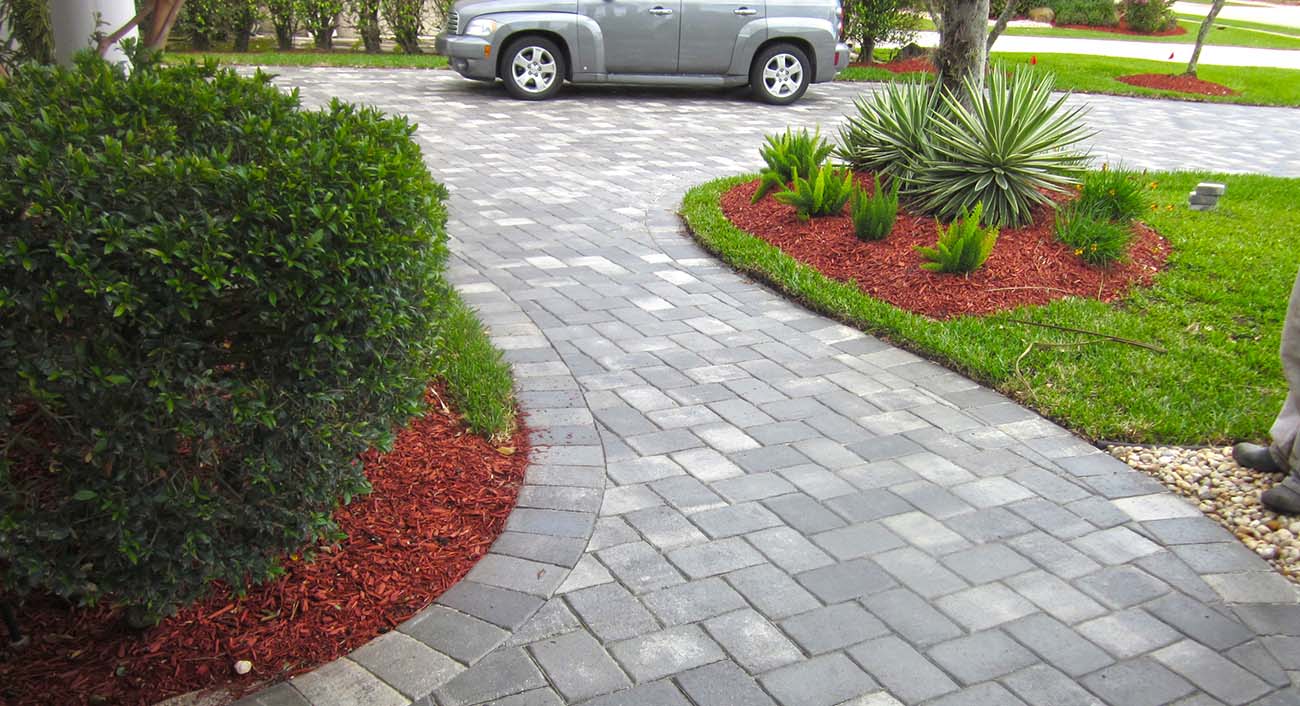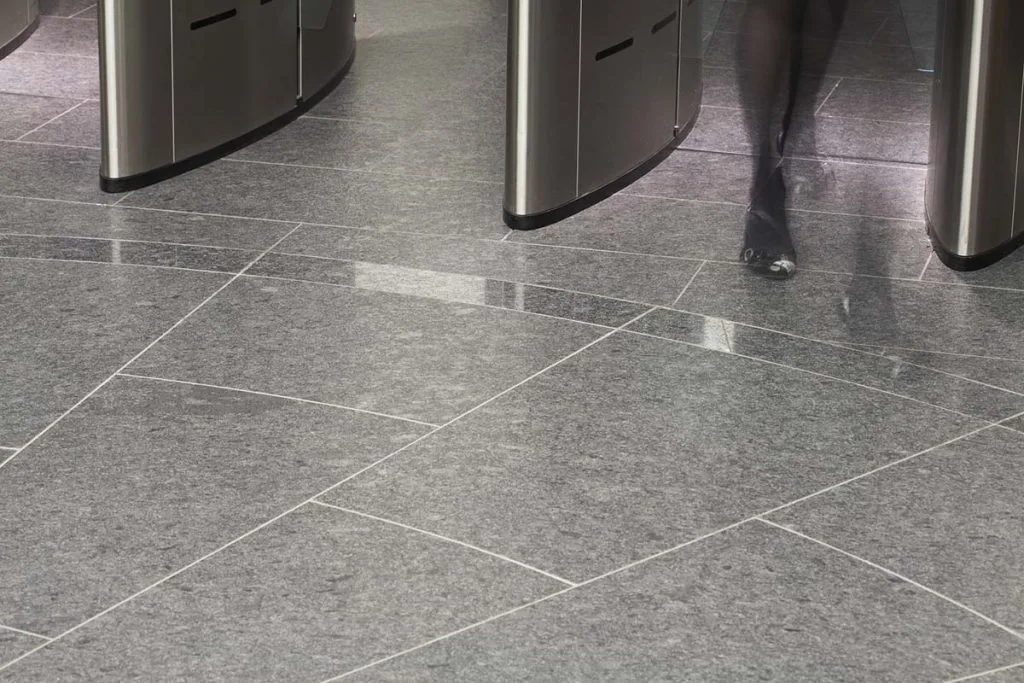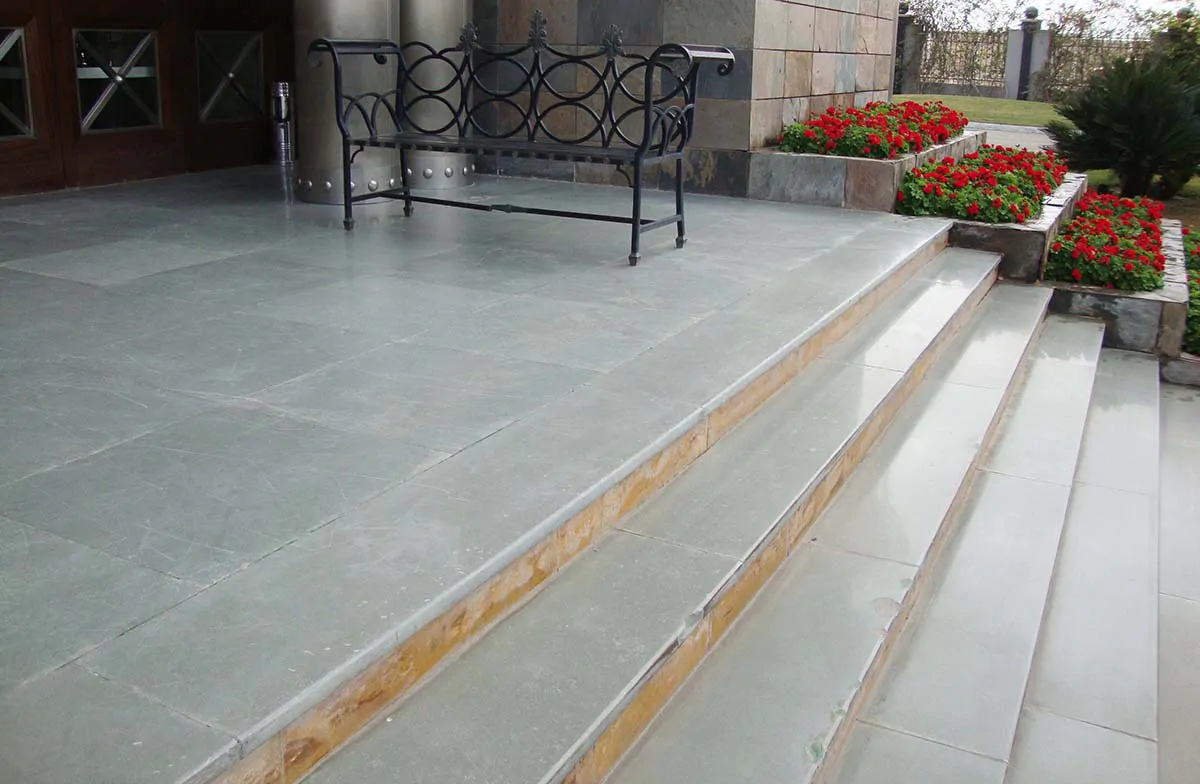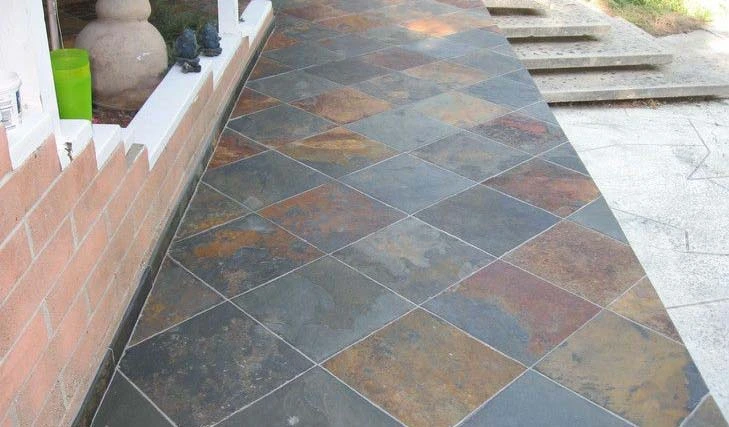Whether big or small, the most important thing in any paving project is the selection of right material for paving. Some of the most prevalent options in this category are Indian sandstone, limestone, quartzite, granite, and porcelain. If you are an architect, garden paver, construction contractor, or even a builder, it is necessary for you to have proper knowledge about these popular paving choices that can help you and your client to understand which paving slab is most suitable for them.
Since each material has distinctive properties and patterns, having the right knowledge is the key to success. Some of them are tougher than others, some present more color options, whereas some come in more surface finishes. Whatever paving project specifications you have, these natural stones are able to meet them perfectly.
Why Natural Stone Paving?
There are hundreds of stones available on the market, but most experts believe that there is nothing better than choosing natural stones for paving tasks. They have been around for thousands of years, and numerous world-class structures have been made from them to date.
In terms of durability, natural stones certainly carry an edge over other options.
Since they are made by nature, they tend to lend a universal visual appeal to the outdoor areas as compared to man-made stuff.

Natural stone is universally considered a better product to concrete and other options for various reasons:
- It ages well with time
- The shades remain elusive and diverse
- Simpler to maintain
- Better frost resistance than concrete
- Measured more value for a property
One big advantage of natural stone is that no two slabs would be the same. This uniqueness of natural stones makes them an excellent choice for architectural applications like flooring, countertops, wall cladding paving, and others.
In terms of environmental sustainability, the quarrying process of natural stone is less harmful to the environment than manufacturing concrete.
Types of Natural Stone Paving
There are four types of natural stone paving-
- Sandstone Paving
- Granite Paving
- Limestone Paving
- Slate Paving
Indian Sandstone Paving

India is known to be a leading producer of sandstone as the country has several sandstone quarries located across its various parts. Indian sandstone is considered the most preferred choice for paving projects worldwide including in the USA and UK.
Often called “riven paving slabs”, due to diverse colors, surface texture, and easy availability, Indian sandstone paving slabs emerge as an amazingly popular material to work with.
Sandstones is made up of small grains that are combined together by a kind of cementitious stuff which typically includes silicon. It’s the efficiency of this silicon ‘cement’ that regulates the sturdiness of a material.
The snugger these grains are joined together, the more solid the material would be. For instance, Raj Green sandstone is found to be highly sturdier as its grains are packed very tightly. On the other hand, other colorful variants like two tone sandstone are not that much harder. However, sandstone is a sturdier material in general and is widely used for paving projects worldwide.
Pros of Indian Sandstone Paving
- Amazing color designs in each slab
- Diverse range of colors and styles
- Easy availability
- Easy cutting & laying
- Superb weather resistance
- Easy to clean
- Lasts longer
Cons
- Tends to fade over time if not cared for in the case of extreme weather
- Due to pure nature-based stone, it can be often a bit rough surface
Granite Paving
Being the hardest natural stone after diamond, granite is a versatile stone that has been used across different architectural applications globally. It comes in a wider range of colors which means it can easily complement any type of home décor, both internally and externally.
Due to its extreme level of toughness, it cuts in a clean finish. The availability of different finishes like bush-hammered, flamed, leathered, and others make it an ideal choice for indoor and outdoor paving.
The constitution of granite is made up of 65%-90% feldspar and nearly 10%-60% quartz. Due to this high level of variation in its constitution, this natural stone can be obtained in a wide variety of colors and finishes.

The best thing about granite paving slabs is that they are resistant to acids and chemicals. Granite is primarily used in a project that demands excellent aesthetics and amazing lasting ability.
Pros
- Scratch-resistant surface
- Wider variety of colors and designs
- Easy to clean due to dust resistance property
- Amazingly weather resistant which means the great lasting ability
Cons
- A bit harder to cut due to its hardness
- Labor-intensive laying job due to heavy weight
Limestone Paving

Alike Indian sandstone, limestone is also sedimentary rock and takes shape slowly beneath the earth’s surface. The main difference from a geological perspective is the cementitious object that joins the tiny grains together under pressure – it is a combination of silicon and lime instead of just silicon which leads to the variety in colors and surface textures.
Sandstone has consisted of a range of varying colors joined together, whereas limestone is made of highly regular grains.
The grains are steadier in hue and as an outcome, it is simpler and quicker to do an area that is more delicate visually with a laxer color scheme.
While not flawlessly charming like a honed slab, a limestone slab’s surface doesn’t reveal the divided finish that is quite usual in sandstone. It’s a ‘naturally smooth’ backdrop that only adds to the consistency of the region.
Pros of Limestone Paving
- Finer surface texture which exhibits a soft-appearing finish as a paving slab
- Regular color tones for creating a consistent area
- Easy to process
- Results in deep, distinctive, and amazing colors
Cons
- Prone to color fading
- Limited color schemes available
- Damage from acid exposure due to the presence of calcium
Slate Paving
Slate is a quite different natural stone as compared to sandstone and limestone. Both sandstone and limestone are sedimentary rocks made up of grains, whereas slate refers to a metamorphic stone that takes shape in the form of layers.
The above difference has an influence on the application and properties of slate stone paving. Slate is formed in even sheets when the pressure of the movement of the earth’s crust crushes the minerals into corresponding layers.

Pros
- Amazing texture and color tone
- Doesn’t fade easily
- Low absorption rate
Cons
- Harder to install if not a good quality stone
- Layers may flake off due to harsh weather
- Prone to moisture-related damage
The Conclusion
With so many paving slab options available on the market, it is no big thing to choose the right material for paving applications. Since India is a leading supplier of different types of natural stones worldwide, there are many natural stone suppliers in the country that provide high-quality natural stones like sandstone, limestone, granite, marble, and others.
